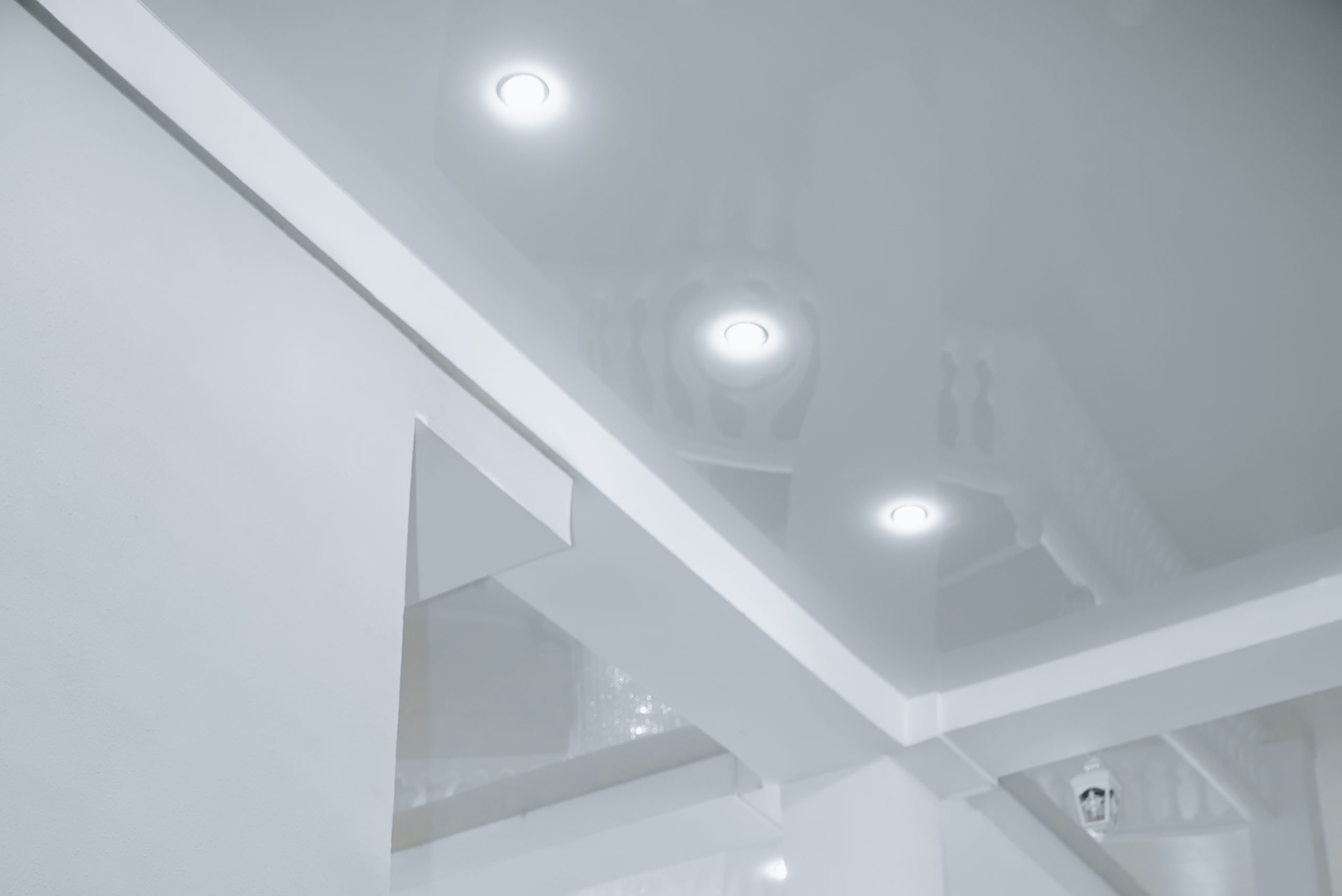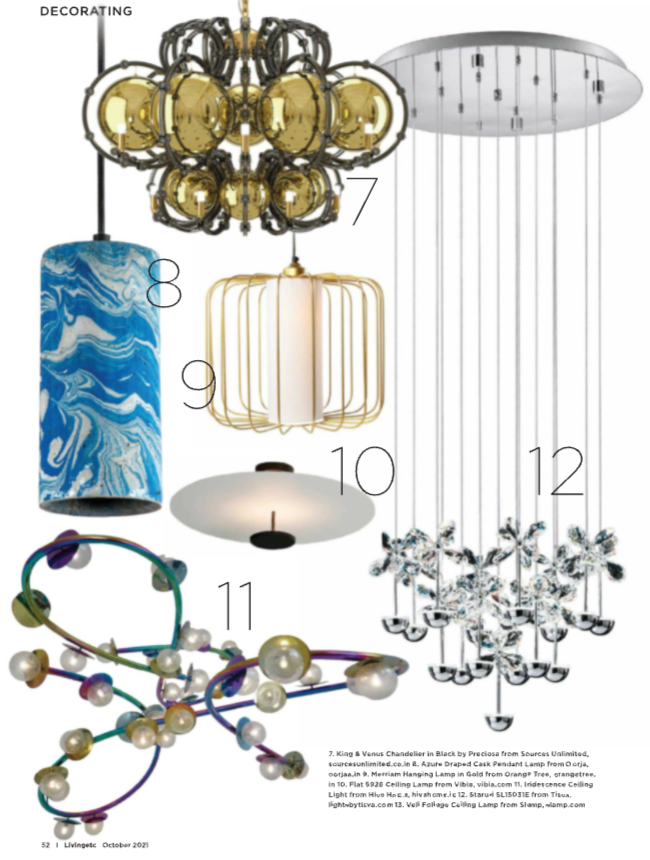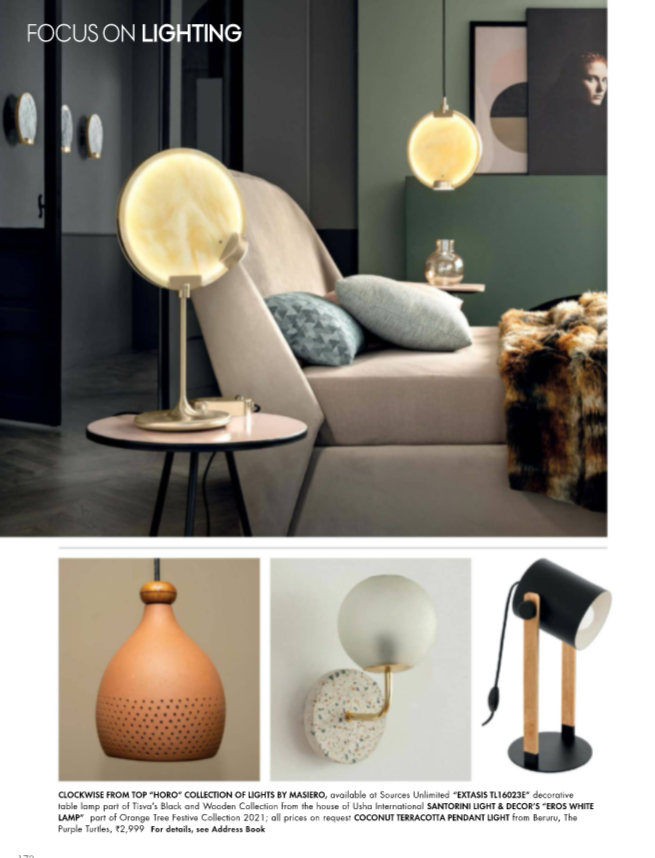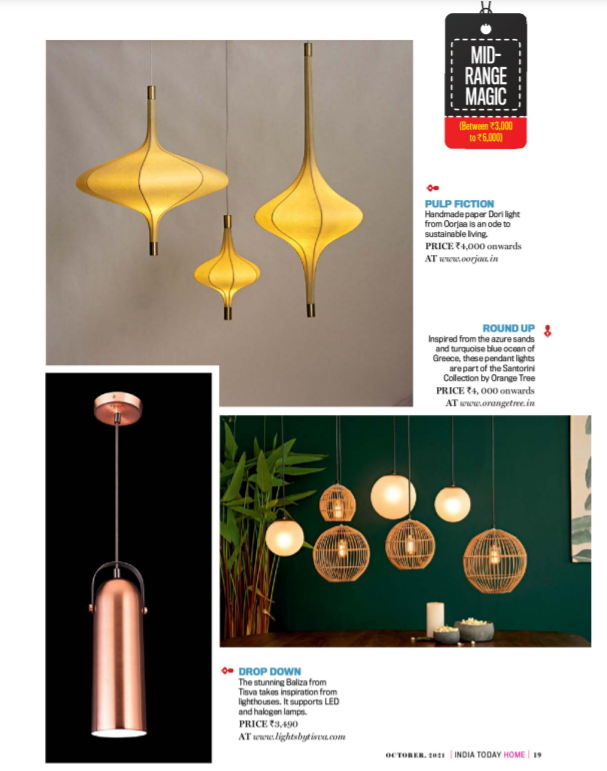When it comes to illuminating our spaces, lighting design plays a pivotal role in creating the desired ambiance and functionality. Among the various factors to consider, three important parameters stand out: CRI (Color Rendering Index), SDCM (Standard Deviation of Color Matching), and UGR (Unified Glare Rating). These metrics hold significant importance in selecting downlighter lights that not only provide optimal illumination but also enhance the visual appeal and comfort of our surroundings.
CRI (Color Rendering Index):
CRI measures the ability of a light source to accurately reveal the colors of objects in comparison to natural light. It is rated on a scale of 0 to 100, with higher values indicating better color rendering. When choosing downlighter lights, a high CRI is crucial for environments where color accuracy is essential, such as art galleries, retail stores, or makeup studios. By accurately representing colors, high-CRI lights ensure that the true hues and tones of objects are faithfully reproduced, creating an engaging and visually pleasing atmosphere.
Ensuring that your vibrant interiors showcase the perfect colour matches, TISVA downlighters have CRI index upto greater than 90.
SDCM (Standard Deviation of Color Matching):
SDCM measures the consistency of color temperature within a batch of light sources. It quantifies the potential deviation in color appearance from one light source to another of the same model and CCT (Correlated Color Temperature). Lights with a low SDCM value provide consistent color temperature, ensuring uniformity and harmony in lighting installations. This is particularly important in applications where multiple downlighter lights are used, such as commercial spaces, hotels, or large residential areas. A low SDCM value guarantees a visually seamless lighting experience without noticeable variations in color temperature.
TISVA downlighters have SDCM index of upto less than equal to 3. Ensuring consistent color temperature, ensuring uniformity and harmony among all your lighting fixtures.
UGR (Unified Glare Rating):
UGR assesses the amount of discomfort caused by glare emitted by luminaires. Glare can be distracting, causing visual discomfort, eye strain, and reduced visibility. UGR values range from 10 to 30, with lower values indicating reduced glare. When selecting downlighter lights, it is crucial to consider the UGR rating, especially in environments where visual comfort is crucial, such as offices, schools, or healthcare facilities. Opting for luminaires with a low UGR ensures a well-lit space with minimal glare, promoting a comfortable and productive environment.
The TISVA range of architectural lighting features a range of downlighters with UGR less than 10.
In the pursuit of effective lighting design, the importance of CRI, SDCM, and UGR cannot be overstated. By considering these parameters when selecting downlighter lights, one can ensure optimal color rendering, uniformity, and visual comfort. Whether it is creating an inviting retail environment, a productive office space, or a cozy residential setting, paying attention to these metrics will help achieve the desired lighting outcome. Investing in high-quality downlighter lights with excellent CRI, low SDCM, and UGR ratings is a step towards enhancing the aesthetics, functionality, and overall experience of any illuminated space.










